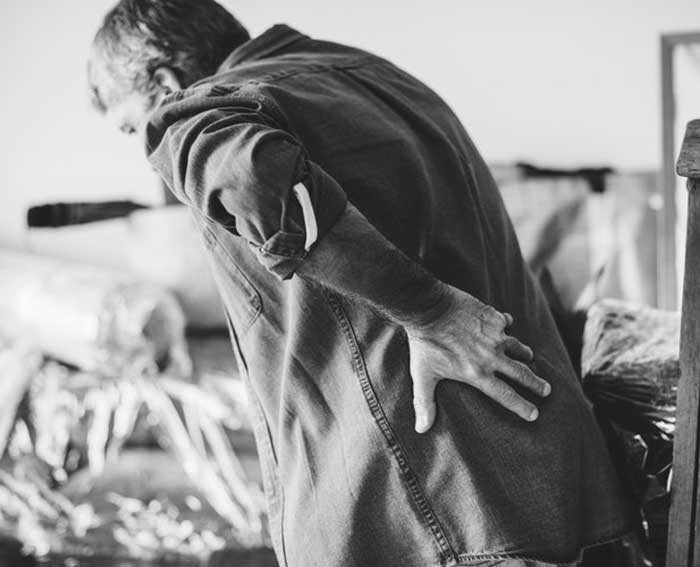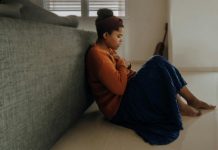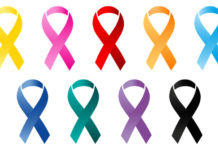 Of course, the notorious radiculitis and osteochondrosis can be a good reason. But they are not the basic cause. Pain in the lower back is much more often caused by the pathology of the internal organs.
Of course, the notorious radiculitis and osteochondrosis can be a good reason. But they are not the basic cause. Pain in the lower back is much more often caused by the pathology of the internal organs.
Geniuspharm has initiated a medical consultation to discuss this complex topic. And now we can offer you at least seven convincing hypotheses.
Problems with the muscles and ligaments surrounding the spine cause pain in more than 50% of cases. Such pain is usually moderately expressed, nagging or drawing. It gets more intense during movements, which create more load on the sick muscle. The appearance of such pain can be triggered by hypothermia, unusual physical activity, sedentary work, violation of posture, or scoliosis.
However, such pain quite often arises in response to various lesions of internal organs located at the level of the sacrum and the waist. What can be sore there?
Kidneys
Diseases of the urinary system (cystitis, pyelonephritis, especially urolithiasis) are most often manifested by pain in the lower back. This pain can be so acute that you will rush to call an ambulance without any recommendations.
Ulcer
People with gastric ulcer and duodenal ulcer suffer from pain in the lumbar region in 75% of cases.
Acute pancreatitis
Another disease of the gastrointestinal tract, which can hurt the back, is acute pancreatitis. The pain is girdling, localized in the right or left hypochondrium, and radiating to the back.
Appendicitis
Sometimes back pain and lower back pain appear in case of acute appendicitis. This is mainly the case when the appendix is behind the cecum. Of course, this is just one of the complaints, and the main symptoms are fever, irritation of the peritoneum, and indigestion.
In the case of the diseases of female genital organs, pain can occur not only in the lower abdomen but also in the sacro-lumbar spine. You can suffer from it periodically during menstruation and the sexual intercourse. Alternatively, it can get long-lasting and chronic.
Ovarian cysts
In most cases, if you have pain in the lower back, it makes sense to undergo ultrasound examination of the pelvic organs. Volume formations in the ovaries located behind the uterus can cause pain in the lower back.
Myoma
In the case of uterine myoma, the nature and place of pain depend on the location of the uterus node and its size. It is caused by the dilatation of the peritoneum and compression of the pelvic plexus in the pelvis area. Frequent and prolonged pain in case of uterine myoma is associated with its rapid growth. However, acute pain can indicate a violation of the blood supply to the myomatous node, which requires urgent medical care.
Endometriosis
In case of endometriosis, the mechanisms of pain in the lumbosacral spine are associated with the lesion of anatomical structures located behind the uterus: most often, there is damage to sacro-uterine ligaments and the rectum wall. Pain occurs as a result of inflammation, adhesions, and fibrosis of the tissue with growing endometriotic foci.
Ptosis of genital organs
Ptosis of the internal genital organs makes patients suffer from drawing pain in the lumbosacral region, which gets more intense during walking, physical activity or weight lifting. In the case of this pathology, the mechanism of pain is associated with the violated anatomical location of the pelvic organs, which leads to the violation of venous and lymphatic outflow.








